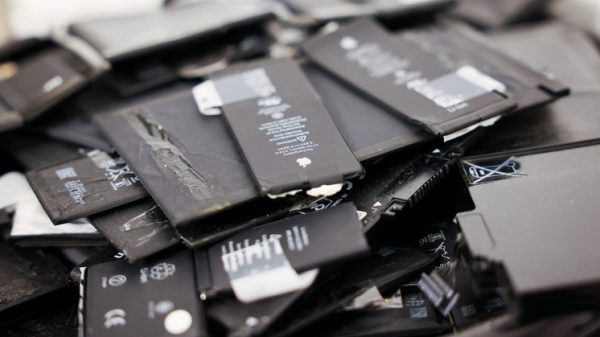The volume of yuan bonds issued in less than five months of 2024 approached CNY 27 billion, exceeding the figure for the whole of last year. New issuers, primarily focused on exports, continue to enter the market. This instrument is also actively used by banks that provide loans to Russian suppliers. Borrowing in Chinese currency allows you to reduce their cost, as well as level out the currency risk. According to experts, yuan bonds may begin to be issued by coal miners and food producers.
On May 21, Acron closed the order book for the placement of its debut bond issue in yuan. A two-year issue with amortization (50% of bonds repay in one and a half years) in the amount of CNY 1.5 billion was placed with a yield of 7.75% per annum.
All portfolio managers interviewed by Kommersant showed high interest in the issue. Managers note the issuer's high credit quality, ruAA rating (Expert RA) and an attractive yield to maturity, close to 8% per annum. “Currently, only bonds of Rusal and Ural Steel, the credit quality of which is lower than that of Acron, can bring investors comparable returns,” notes Ivan Panov, portfolio manager of Management Company Pervaya. Director of the Asset Management Department of Ingosstrakh-Investments Management Company Artem Mayorov adds that due to the ongoing shortage of yuan liquidity, issuers are forced to raise funds “quite expensively.”
In less than five months of 2024, yuan bonds have already been issued by eight issuers in the amount of almost CNY 27 billion.
This volume has already exceeded the figure for the entire last year. The instrument is nothing new for mineral fertilizer producers: in April 2023, the Phosagro holding placed a three-year bond issue with a variable coupon. They are currently trading with a yield of 4.7% per annum.
According to Alexander Ermak, chief debt markets analyst at BC Region, 33 issues of 17 issuers of yuan bonds worth CNY 99.5 billion are traded on the Moscow Exchange. Borrowing in yuan allows you to save on interest rates, since the cost of ruble debt is twice as high.
In May, first- and second-tier companies and banks raised ruble funds on the public debt market at 13.7–15.5% per annum. Most of the yuan issues, according to Mr. Ermak, are from export-oriented companies — from the oil (CNY 52.6 billion) and metallurgical (CNY 31.45 billion) industries. As Dmitry Nikonov, head of the investment analysis department of Sovcombank, notes, for exporters, yuan bonds can further reduce currency risks by tying the currency of debt to the currency of revenue.
For companies that have no foreign currency earnings or it is insignificant , borrowing in yuan is more risky.
“Despite the low interest rates compared to ruble borrowings, the currency risk of such loans looks significant and, in an unfavorable scenario for the ruble, could turn out to be much more expensive in the end,” explains Vladimir Evstifeev, head of the analytical department of Zenit Bank. An exception to the rule are financial organizations that regulate the risks of foreign currency assets (loans, securities) with foreign currency liabilities (bond loans, deposits, see “Kommersant” dated March 19).
Tight monetary -the credit policy of the Bank of Russia, which may continue for a long period of time, and the growing trade turnover between the Russian Federation and China (at the end of 2023, it grew by 26%, to $240 billion) will contribute to a further increase in the number of placements of yuan bonds and the entry of new issuers into the market. Dmitry Nikonov allows the placement of such securities by coal companies. Participants in this market continue to diversify external supplies in favor of the Asian region. Vladimir Evstifeev expects food sector companies to appear on the market: “China is gradually opening the market for Russian meat producers, so it is possible that these companies will also begin to borrow in yuan with a corresponding increase in foreign business.”























































Свежие комментарии